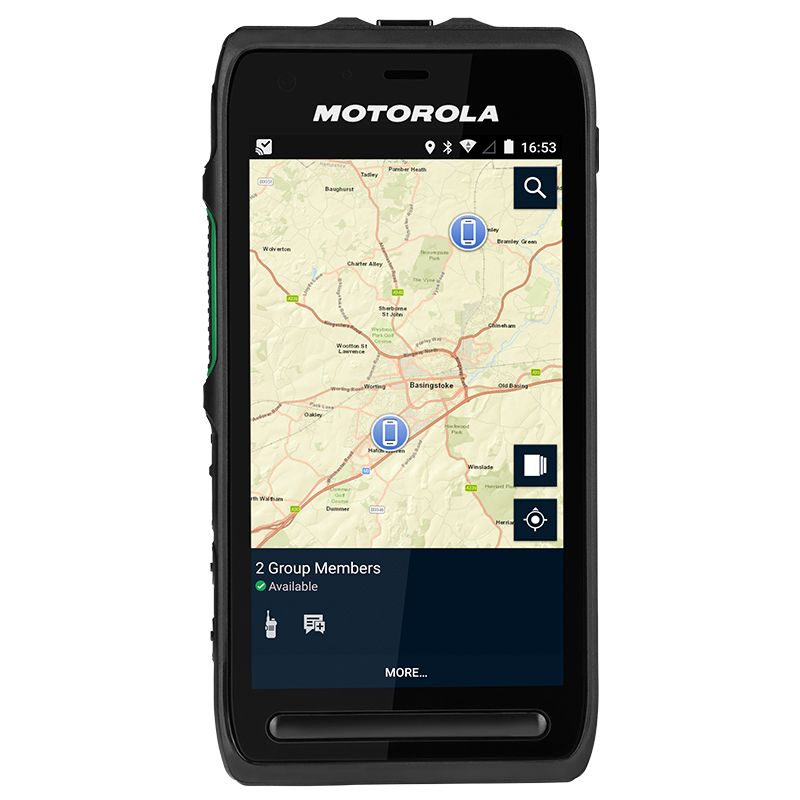Are they serious? Could 5G replace all current VHF and UHF radio systems given time of course? If there is any
credibility over time with 5G can we expect Motorola to develop their own
systems?
That's a very complex question.
FirstNet is built on LTE. It's primary goal was to provide some dedicated data access for first responders. Using it as a two way radio replacement is possible, and I know for sure of one agency that has done it recently. I'm not convinced that in it's current design it's an ideal solution, as setting up PTT type calls over LTE has some inherent lag that can be problematic in a number of situations.
FirstNet has said they are going to build out 5G coverage for FirstNet eventually.
It's NOT going to replace LTE, as the range of current 5G systems is very small. 5G won't scale well to the sort of coverage FirstNet needs. But 5G does serve a good purpose in high density urban and suburban areas.
Motorola, as well as several other radio manufacturers, have been building LTE into traditional two way radios for a while now. Most of it is geared around data, but they can run voice over it. It's a good option when you get outside your traditional radio system coverage area. In addition these radios have WiFi and Bluetooth.
So basically every portable as we know them now could give way to smartphones with walkie talkies capabilities while retaining all standard smartphone features.
Yes,
And eventually the sun will burn out and monkeys may fly out of my posterior.
There are already a number of smartphone type devices for FirstNet and they have PTT capability over the FirstNet network.
Motorola, Kenwood, Nokia and several others have ventured into this.
And then there's radios like the Motorola APXnext, that are built around smart phones with a two way radio added.
I would not say that they are going to replace all public safety communications any time in the near future, and likely not the distant future, either.
P25 is old enough to vote/drink and do other naughty things, so that's well a established standard. Not much more they can do with it. It's a "mature" product. The big radio companies are looking for the next thing they need to sell to unsuspecting tax payers. Pushing large scale LTE systems will no doubt happen for some large agencies.
But P25 systems, NXDN, DMR, Analog will all be around for a very long time. They are not going anywhere.
Remember, not that long ago we all had to hear about how P25 was going to replace everything, and all the analog systems would go quiet. I'm still waiting...
Don't sell your scanner yet.




